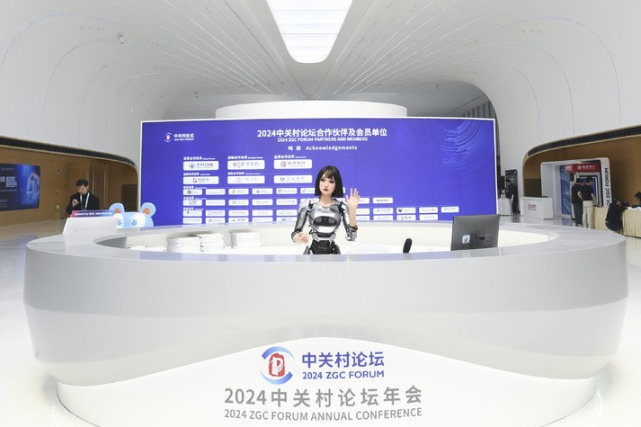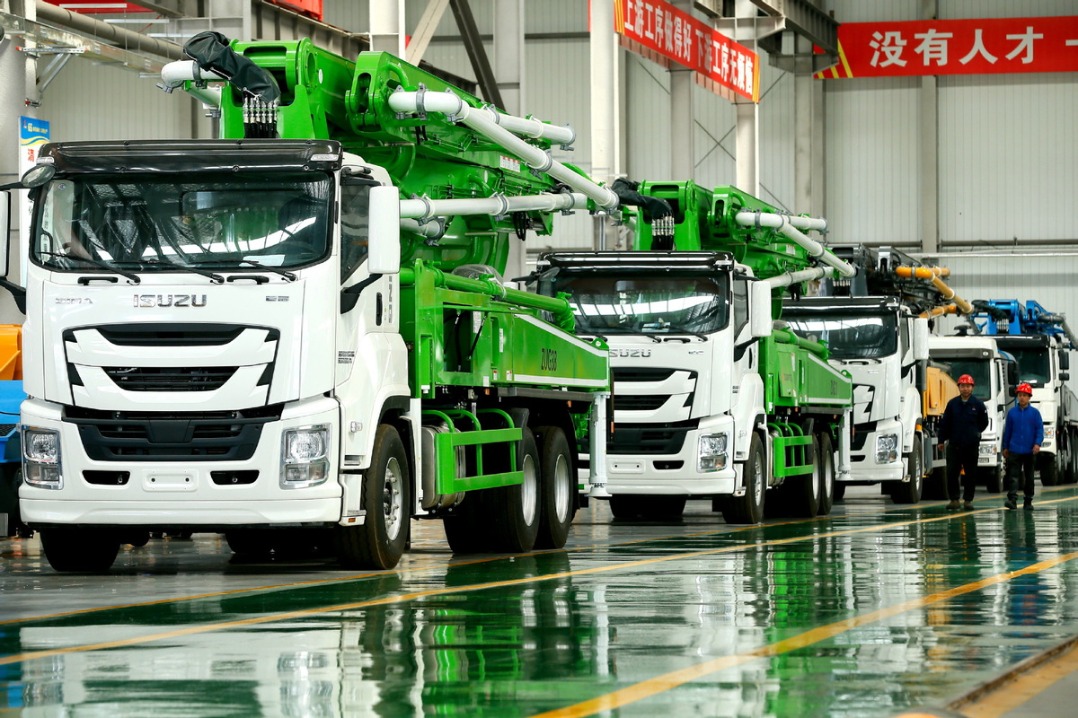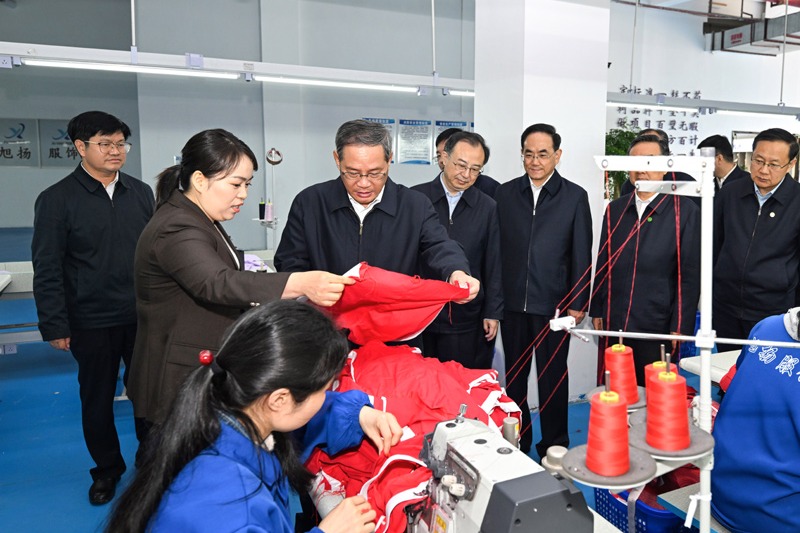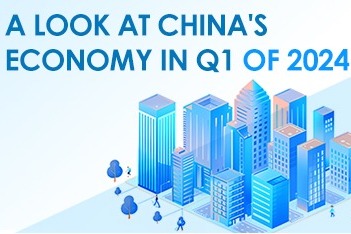Reforms drive value chain development


As the structures of global value chains continue to change, China's opening-up is an important engine for deepening their development.
As emerging technologies such as mobile internet, artificial intelligence and additive manufacturing continue to be put into use, as well as the technological and innovative capabilities of emerging economies, the cost of participating in global value chains, especially for small and medium-sized companies, is rapidly declining. Against this background, the vertical specialization led by traditional large multinational corporations has not fully adapted to the new requirements of global economic cooperation. The new global value chains represented by collaborative innovation and, platform-based collaboration, and division of labor are rapidly developing. They will become an important supplement to the traditional value chains.
Actively integrating into global value chains is an important way for China to promote the development of the world economy and achieve its own development.
First, actively expanding imports and market access for FDI will facilitate China and the rest of the world to build a new type of value chain.
Research and development, product and component design and manufacturing, brand building, and marketing will be deeply integrated and interwoven to create demand for products and services.
As an important participant in global value chains, China's initiative to expand imports and greatly ease market access will effectively reduce the cost of joint construction of new global value chains by companies in various countries, and significantly increase the operational efficiency of the global value chains.
Second, different from developed economies that have the advantage of putting forward new ideas and original innovations, China's advantages are relatively concentrated on application innovation and commercialization.
Strengthening the protection of intellectual property rights and optimizing the business environment can better integrate China's advantages in applied innovation and market promotion with the original innovation advantages of developed countries, which will help both parties realize mutual benefits and win-win results in collaborative innovation.
Third, increasing the opening-up of inland areas will help China and the other countries deepen cooperation in global value chains. The market potential in China's vast inland areas is huge, but the degree of integration into global value chains is much lower than that in coastal areas. Improving access to these areas will not only be conducive to exerting their key endowment advantages, but will also provide high-quality economic development through integration into global value chains. It will also provide more opportunities for companies in various countries to expand global value chains at higher and wider levels.
China's opening-up is an important measure to promote the construction of a community with a shared future for mankind, which is a program and choice that China has proposed to solve the deficits in peace, development and governance.
Compared with political and military relations, economic relations based on market exchanges have the most obvious characteristics of mutual benefit, and they are also the most resilient and lasting forces in maintaining peace. The use of economic interests as bonds to gradually establish rules and regulations for mutual compliance is the most realistic and practical method for building a community with a shared future.
China's opening-up is conducive to promoting the economic development of an open world. It begins with the building of a community that embraces inclusiveness and common prosperity, and gradually escalates into a responsible community.
The country's expansion of imports will help deepen mutually beneficial partnerships and win-win cooperation with all other countries. By increasing exports to China, both developed and developing countries can benefit, which can help increase their domestic employment, residents' income, and sustained economic growth. Chinese enterprises and consumers can also enjoy more and better-quality products and services.
In addition, China's expanded use of foreign capital is conducive to encouraging multinational corporations to play a greater role in world peace and development.
With the current rise in trade and investment protectionism, China welcomes multinational corporations from all other countries to invest in the country, which will help eliminate trade and investment frictions and promote international economic and trade cooperation.
China's promotion of the Belt and Road Initiative will also help promote poverty reduction. Relevant studies have shown that the improvement of infrastructure in developing countries plays an important role in reducing poverty, increasing employment, and improving people's living standards.
Improving infrastructure interconnection is a priority for the Belt and Road Initiative. Special attention is being paid to improving railways, highways, energy and water conservancy facilities in remote areas, and encouraging high-quality capital and human resources to flow to less developed regions, which will drive local economic development and employment and will make important contributions to poverty reduction.
The authors are from the Institute of International Economic Research, National Development and Reform Commission




































